7 Red Flags to Watch For at Chinese Restaurants And 9 Signs You’ve Found a Hidden Gem
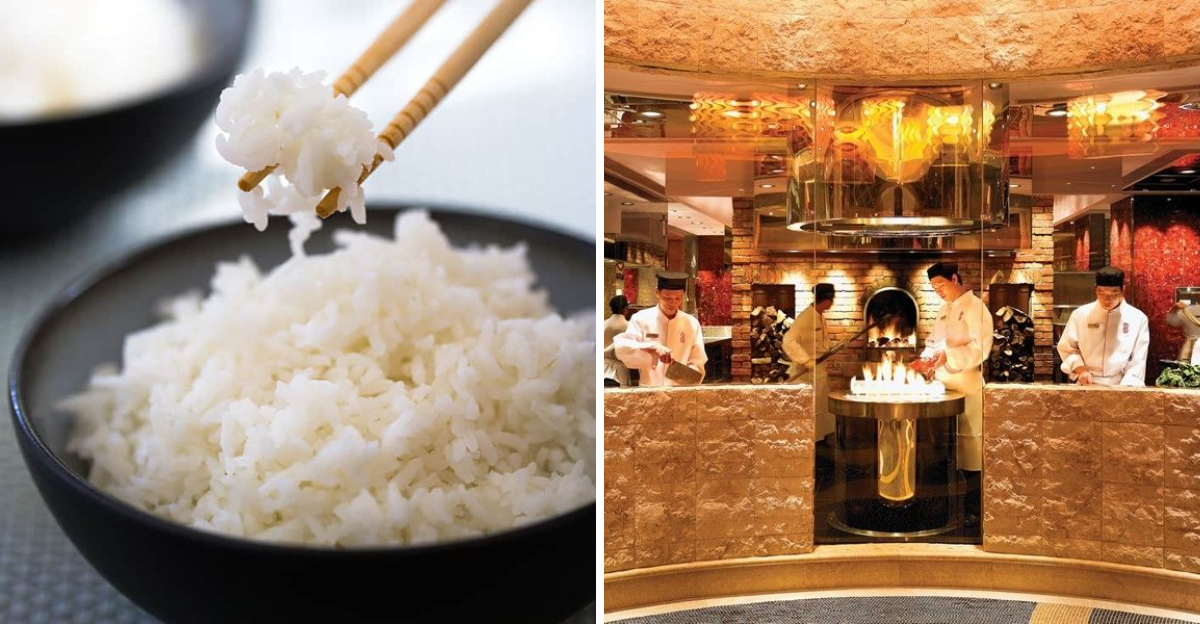
Navigating the world of Chinese cuisine can be a delightful adventure, but it’s essential to distinguish between red flags and hidden gems. Here’s how to recognize when to stay and savor or when to politely excuse yourself.
1. A Menu That Tries to Do Everything
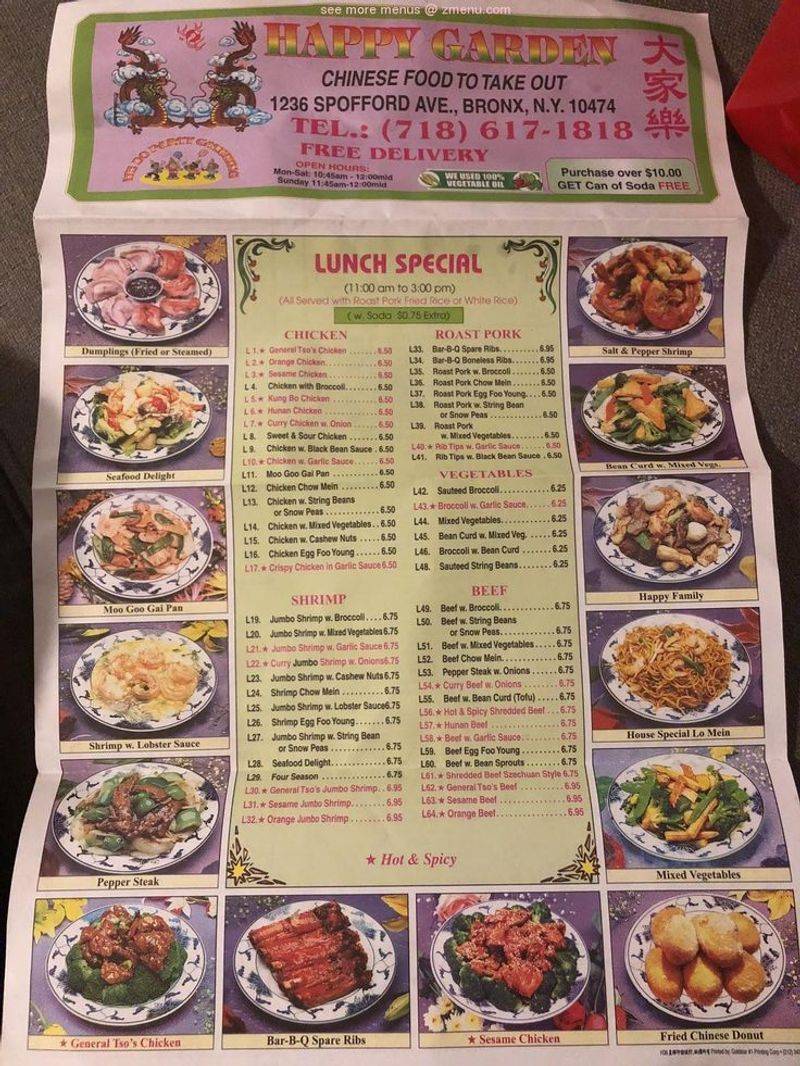
When a menu reads like a passport stamp book, it’s time to reconsider. A restaurant offering sushi, burgers, and pad Thai alongside General Tso’s chicken might not excel in any area.
A broad menu often indicates that the kitchen is trying to please everyone, which can result in mediocre dishes across the board. Focus ensures quality. A specialized menu is a hallmark of expertise and dedication to a specific culinary tradition.
Next time you encounter a menu that seems to do it all, pause and ponder whether it can truly deliver on any of its promises.
2. Sticky Tables and Dingy Menus

Imagine sitting down to find your arms subtly adhering to the table. Not a pleasant experience, right? Sticky tables and shabby menus can reveal neglect for cleanliness.
While a bit of wear adds character, persistent grime suggests deeper hygiene issues. Such neglect often extends into the kitchen, affecting food quality.
A well-maintained dining area often reflects a well-run kitchen. Cleanliness is crucial for any dining establishment, highlighting the care and attention to detail that customers deserve.
3. Pre-Made Buffet That’s Always Lukewarm
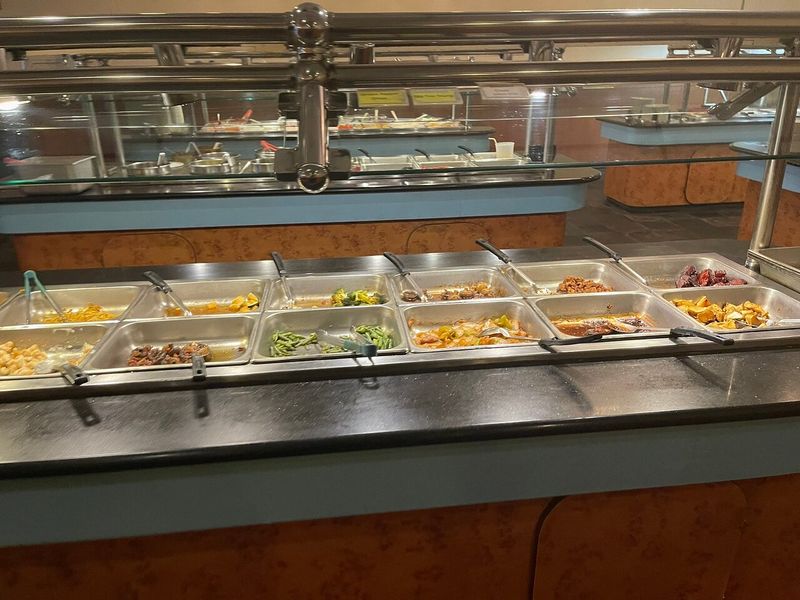
Buffets can be a joyous exploration of flavors, but beware the ones with lukewarm trays. When food sits out for too long, it dries out, losing its intended texture and taste.
Buffets require regular attention to maintain freshness, and lukewarm dishes signal a lack of care. Freshly cooked dishes tend to be more flavorful and enjoyable.
A buffet should tempt with vibrant colors and rich aromas, not withered appearances and tepid temperatures. Remember, food prepared with attention and served hot always triumphs over heat-lamp lethargy.
4. Everything Tastes the Same
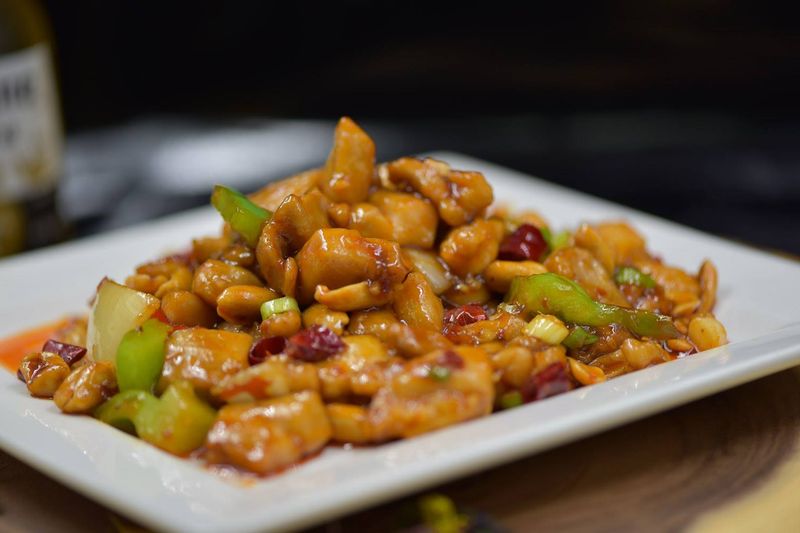
The joy of Chinese cuisine lies in its diversity of flavors, textures, and aromas. If every dish you order tastes like it was doused in the same sauce, something’s awry.
Distinctive flavors distinguish Chinese culinary art, balancing sweet, sour, spicy, and savory elements. A monotone taste palette suggests shortcuts in preparation.
Each dish should tell its own story, a testament to regional flavors and ingredients. When everything is a sugary, brown-sauced blur, the authenticity is missing, and the experience is compromised.
5. Only “Americanized” Options Available

A menu filled solely with Americanized dishes like crab rangoon and sweet-and-sour pork may not offer an authentic experience.
Real Chinese cuisine is rich and varied, often featuring regional specialties and traditional recipes. Limiting the menu to American favorites can miss the essence of Chinese dining.
Exploring authentic dishes provides a fuller, more rewarding taste adventure. Seek menus that feature traditional items, offering a true culinary exploration beyond popular western adaptations.
6. You’re In and Out in Under 5 Minutes
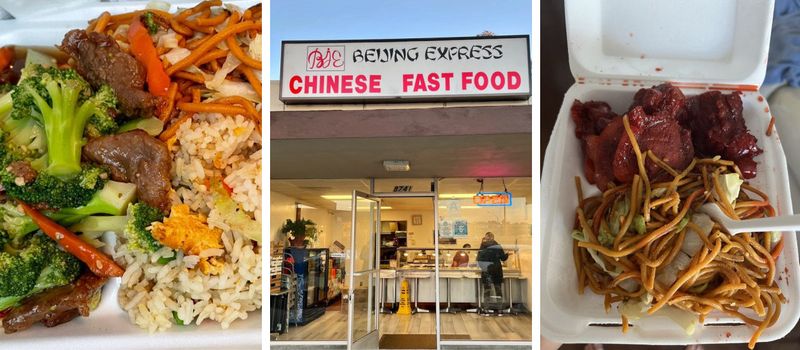
Speedy service is a hallmark of efficiency, but it shouldn’t compromise quality. If meals are served almost as soon as you sit down, the dishes might be pre-cooked or microwaved.
While Chinese cuisine is known for quick preparation, flavors need time to develop. Fast doesn’t always mean fresh.
True culinary artistry involves a balance between speed and quality. Meals should express the chef’s skills through both taste and presentation, so take note of the time between order and serving.
7. No One Seems to Be Eating There
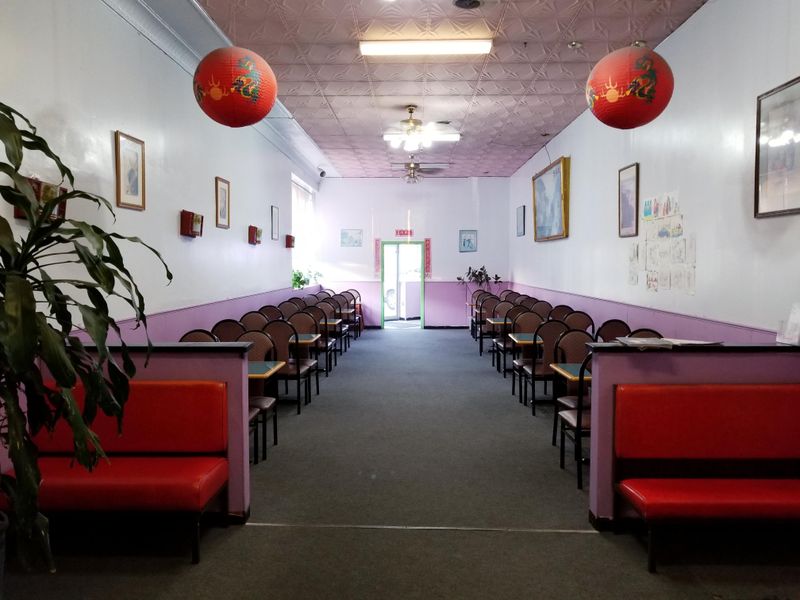
A bustling dining room often signals good food and satisfied customers. Conversely, an empty restaurant during peak hours may indicate issues.
Regular patrons are a great testament to a restaurant’s offering. If locals aren’t dining there, it can be a red flag.
Restaurants thrive on word-of-mouth reputation. If it’s quiet when it should be busy, consider what locals might know that you don’t. Watch where people gather to discover where flavors truly shine.
8. A Separate Menu for Chinese-Speaking Customers
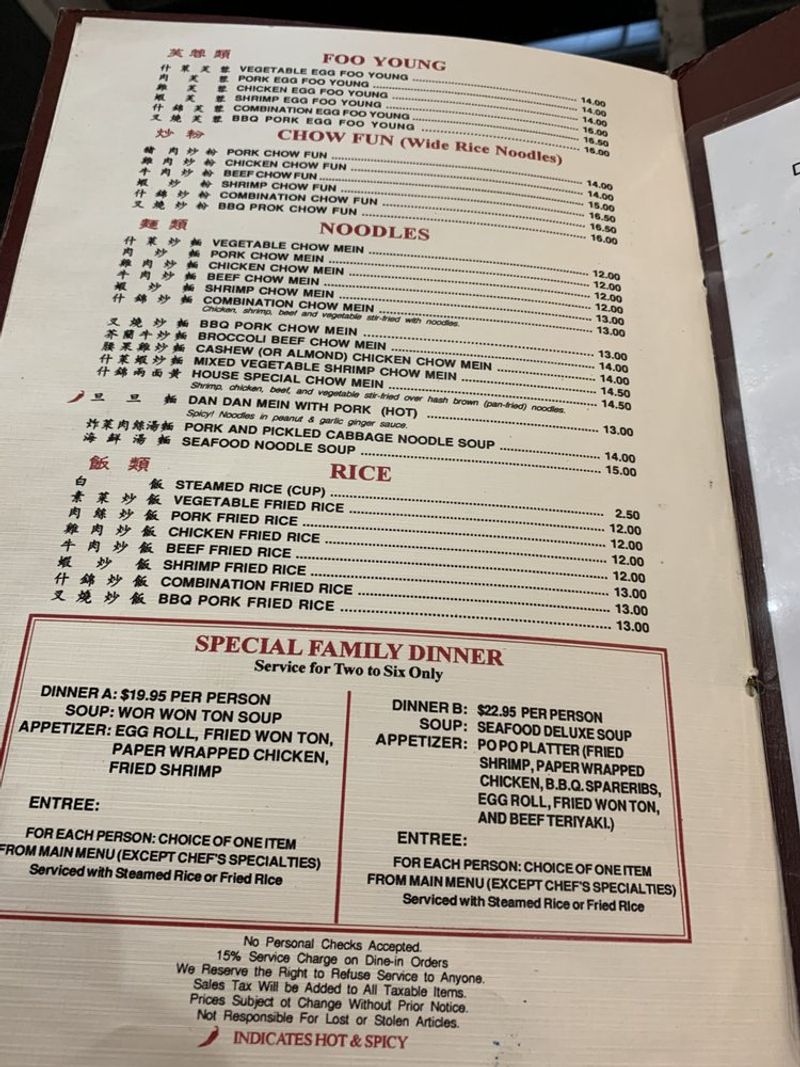
Discovering a separate menu for Chinese-speaking customers can be a treasure trove of authentic flavors. Hidden behind the regular menu is where traditional and unique dishes often reside.
These offerings can range from regional specialties to chef’s personal favorites. Asking for this menu opens up new culinary frontiers.
It’s an invitation to explore dishes crafted with passion and authenticity. This menu often harbors the soul of the restaurant, showcasing its dedication to genuine Chinese cuisine.
9. House-Made Chili Oil on the Table
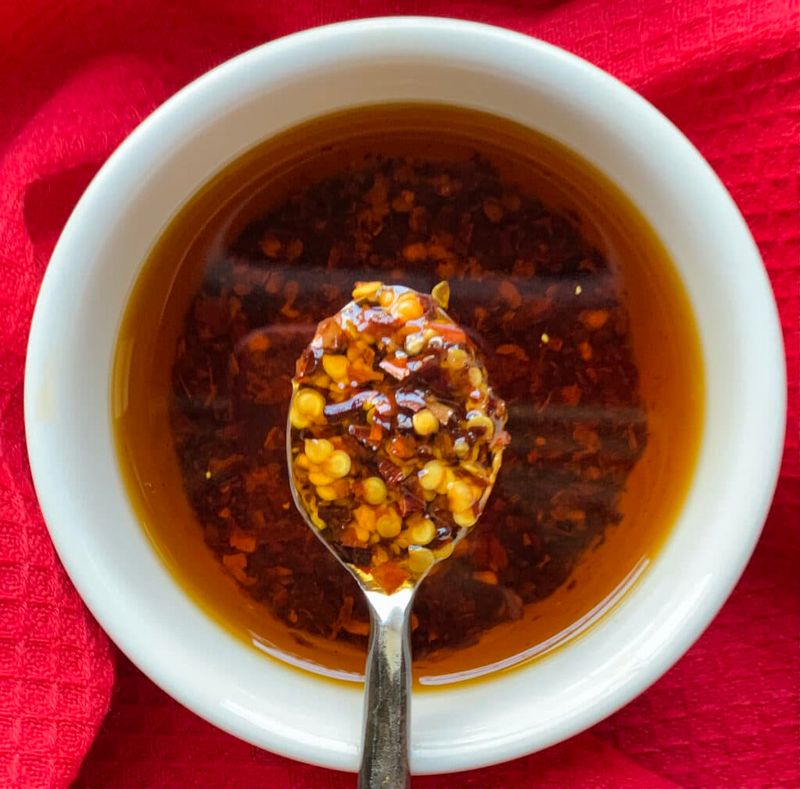
A jar of house-made chili oil signals a restaurant that values flavor and authenticity. This fiery condiment not only enhances dishes but also showcases the chef’s culinary craftsmanship.
Crafting chili oil in-house requires skill, precision, and a deep understanding of spice balance. It’s a testament to dedication and care in food preparation.
When you encounter this spicy delight on a table, you’re in a place where flavors are taken seriously, and detailed attention is given to even the smallest condiment.
10. Regional Dishes You Don’t See Everywhere
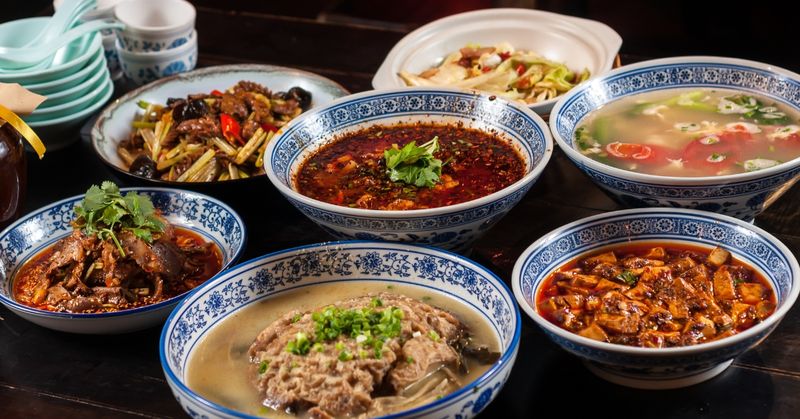
Stumbling upon regional Chinese dishes in a restaurant hints at a chef drawing from true roots. Mapo tofu, xiao long bao, and hand-pulled noodles are culinary gems.
These unique offerings suggest a kitchen that prides itself on authenticity and skill. Such dishes are often crafted with passion and precision, delivering an experience beyond the ordinary.
Regional specialties not only reflect cultural heritage but also the chef’s dedication to sharing genuine flavors and techniques.
11. An Open Kitchen or Wok Station

Seeing flames dance in an open kitchen or wok station can reassure diners of freshness and skill. Chefs working in plain sight exhibit confidence and transparency.
The sights, sounds, and aromas of an open kitchen add excitement and authenticity to the dining experience.
It’s a promising sign of quality and high culinary standards. Watching chefs in action reveals their expertise and dedication to their craft, making your meal more engaging and enjoyable.
12. Locals (Especially Older Generations) Are Dining In

When you notice locals, particularly older generations, enjoying their meals, it’s a vote of confidence. Their presence often suggests authentic flavors reminiscent of home cooking.
Chinese families dining together, sharing plates and laughter, indicate a community favorite. It’s a testament to the restaurant’s ability to deliver genuine and beloved dishes.
The energetic atmosphere created by regular patrons enhances the dining experience, adding warmth and authenticity.
13. The Dumplings Are Clearly Handmade

Handmade dumplings are a labor of love. Texture in the wrappers and juicy fillings distinguish them from mass-produced varieties.
Fresh dumplings reflect the chef’s skill and dedication to quality. The imperfections in shape often reveal their handmade nature, offering a more authentic taste.
Crafting dumplings by hand showcases attention to detail and culinary tradition, elevating the dish beyond common offerings.
14. It Smells Like Sichuan Peppercorns or Fermented Black Bean Sauce
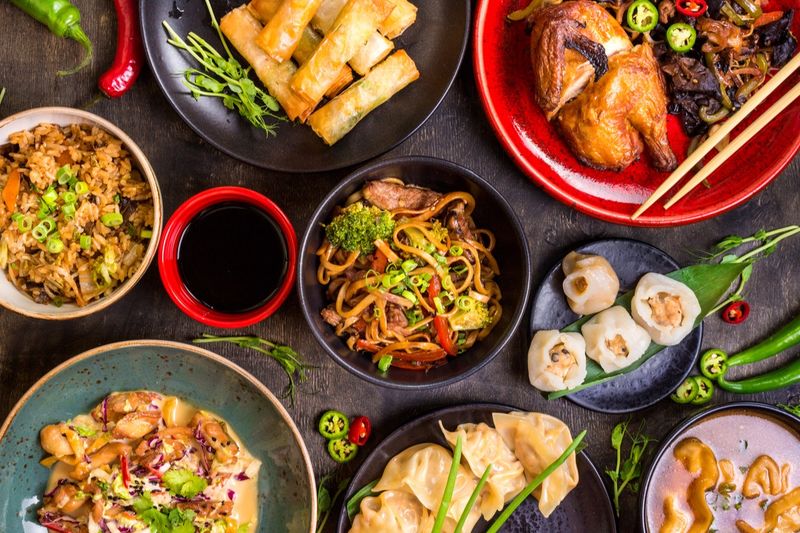
A restaurant filled with the aroma of Sichuan peppercorns or fermented black bean sauce hints at bold, authentic flavors. These ingredients are staples in many regional Chinese dishes.
Their distinctive scent promises a flavorful culinary journey. Such aromas suggest a kitchen that respects and embraces traditional Chinese seasoning.
Smells can be as inviting as the taste, setting the stage for a memorable dining experience.
15. They Offer Seasonal or Off-Menu Specials
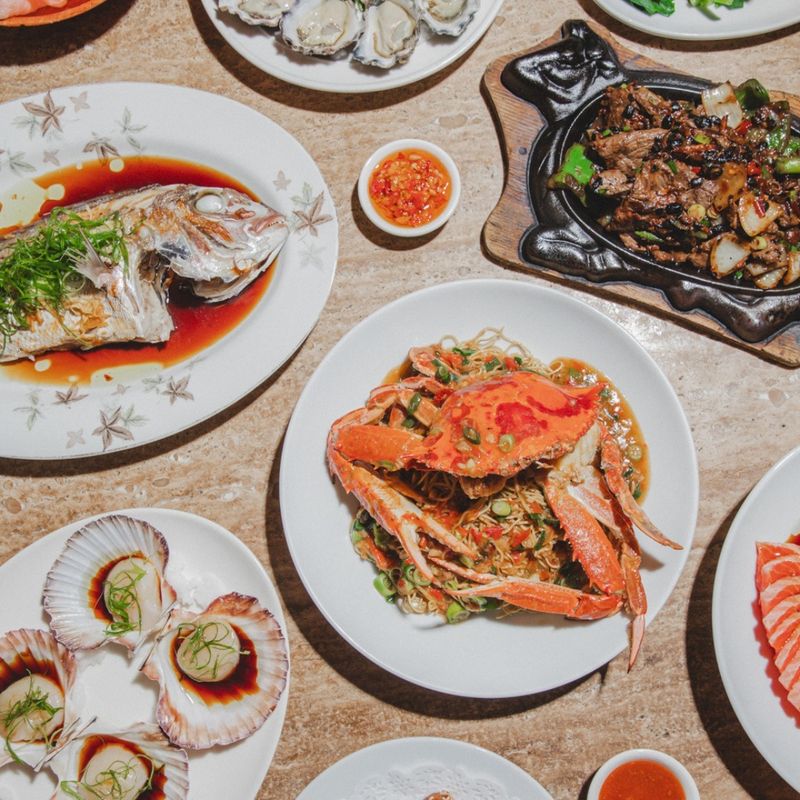
Restaurants that highlight seasonal or off-menu specials demonstrate creativity and commitment to fresh ingredients. These dishes often reflect the chef’s flair and willingness to innovate.
Specials provide a dynamic dining experience, bringing new flavors and combinations to the table. It’s an opportunity to taste something unique and delightful.
A menu that evolves with the seasons shows a dedication to quality and culinary artistry.
16. The Rice Comes Out Hot and Fluffy
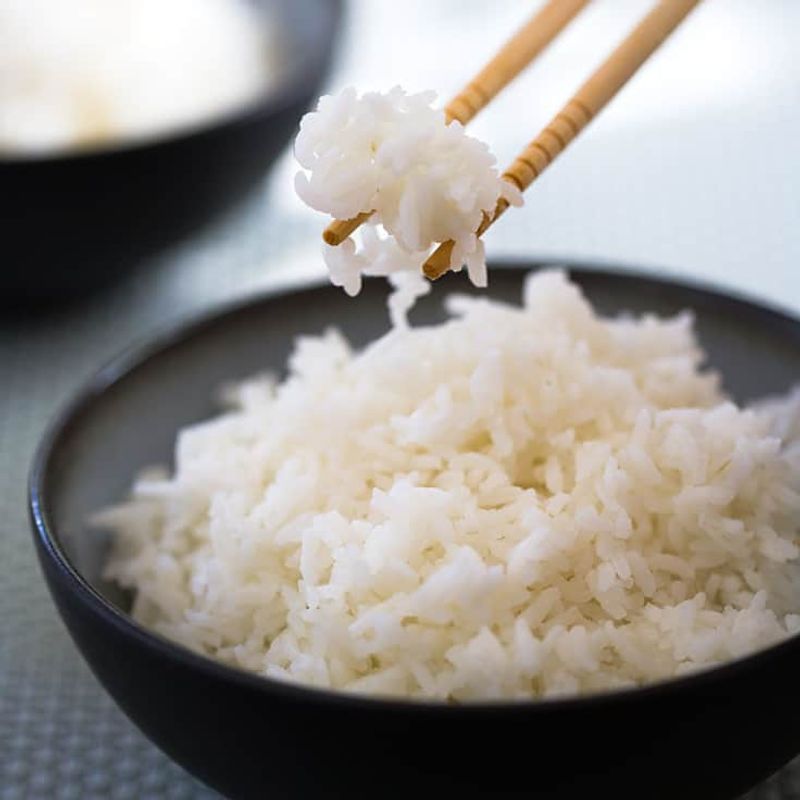
Never underestimate the significance of well-cooked rice. When rice arrives hot and fluffy, it indicates a kitchen’s attention to detail.
Properly prepared rice complements dishes, enhancing the overall meal. It’s a staple that, when done right, speaks volumes about the restaurant’s standards.
This often-overlooked component showcases the chef’s dedication to excellence, ensuring every part of your meal is enjoyable.
